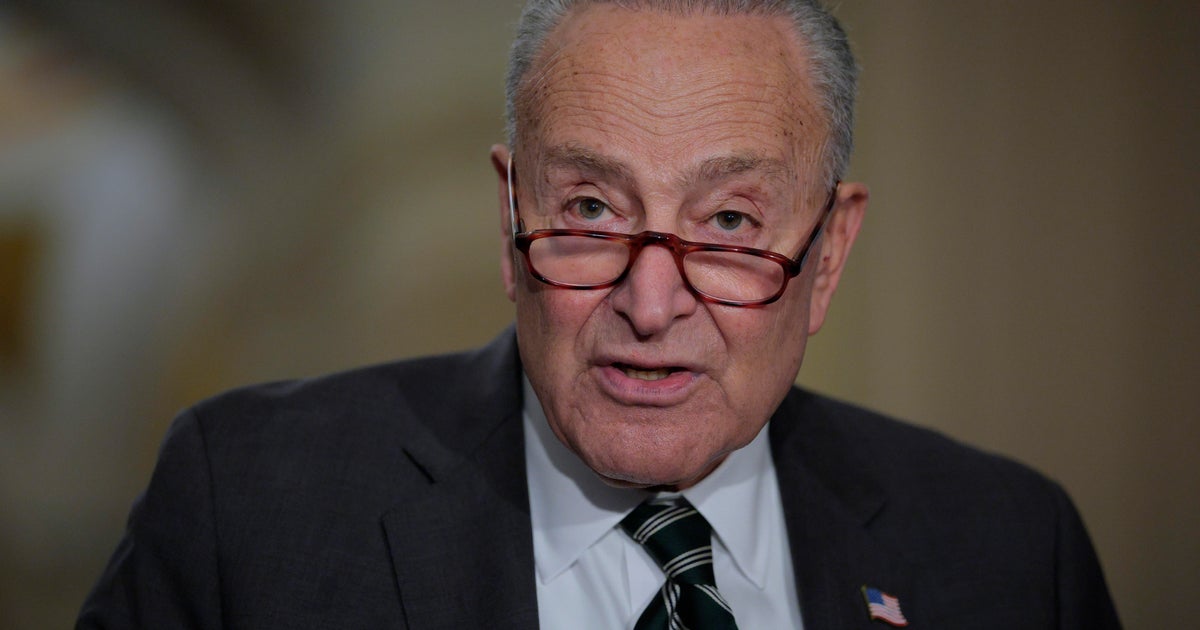Security Breach: Violations of Trump's Restricted Airspace

Introduction
On Saturday and Sunday, fighter jets were scrambled and flares were fired after multiple planes violated President Trump's restricted airspace over Bedminster, New Jersey. According to NORAD, three civilian planes flew in the restricted area on Saturday, and there were four more violations on Sunday. This is a serious breach of security and raises concerns about the safety of the president.
Increased Security Measures
The airspace over Bedminster, New Jersey has been designated as a "no-fly zone" since Trump began using his golf club there as a summer White House. On Saturday, the first violation occurred when a small aircraft flew into the restricted airspace, prompting the Air Force to scramble two F-22 fighter jets. On Sunday, four more violations were reported, leading to the firing of flares by the fighter jets in an attempt to warn the pilots.
Possible Consequences
Violating restricted airspace is a serious offense that can result in significant penalties, including fines and even jail time. In addition to the immediate consequences for the pilots, this incident also raises concerns about the overall security measures in place to protect the president. With the frequency of these violations increasing, it is crucial that steps are taken to ensure the safety of the leader of our country.
About the Organizations Mentioned
NORAD
The **North American Aerospace Defense Command (NORAD)** is a unique, binational military organization established in 1958 by the United States and Canada to provide aerospace warning, aerospace control, and maritime warning for North America. Its core mission is to defend the continent’s airspace and coastal waters against potential threats such as aircraft, ballistic and cruise missiles, and space vehicles, ensuring sovereignty and early attack detection[1][2][3]. NORAD's origins date back to Cold War tensions and the joint need to protect against Soviet nuclear bombers. It evolved from prior U.S.-Canada defense cooperation and formalized as the world's largest combined bi-national command. The command has adapted over time, expanding its mission beyond air defense to include maritime warning and integrated tactical warning and attack assessment, especially after 9/11 when it launched Operation NOBLE EAGLE to counter air security threats[2][4][5]. The organization operates from its main headquarters at Peterson Space Force Base in Colorado and maintains a secondary command center in the Cheyenne Mountain Complex, designed for resilience in nuclear or air-to-ground attacks. NORAD is structured into three regional areas covering Alaska, Canada, and the continental U.S., staffed by approximately 1,000 personnel from both countries. Its leadership answers directly to the U.S. President and Canadian Prime Minister, symbolizing a deep bilateral defense partnership[1][3][6]. Key achievements include modernization efforts like replacing the DEW Line with the North Warning System in the 1980s and continuously adapting to evolving aerospace threats, including missile defense and space domain awareness. Recent investments as of 2022 aim to keep NORAD at the forefront of aerospace and maritime defense technology, maintaining North America’s security in a rapidly changing threat environment[4][8]. NORAD stands as a model of international military cooperation, blending technology, intelligence, and operational excellence to protect one of the world's most critical geopolitical regions. Its seamless integration of U.
Air Force
## Overview The **United States Air Force (USAF)** is the aerial and space warfare branch of the U.S. Armed Forces and one of the eight uniformed services. As a key component of the Department of the Air Force—which also oversees the U.S. Space Force—the USAF is responsible for organizing, training, and equipping airmen to conduct global operations in air, space, and cyberspace domains[1][2]. It is structured hierarchically, with top-level leadership including the Secretary of the Air Force and the Chief of Staff of the Air Force, followed by major commands (MAJCOMs), numbered air forces (NAFs), wings, groups, and squadrons, each with specialized functions and responsibilities[1]. ## History The USAF traces its origins to the U.S. Army Air Corps, established in 1926, and became an independent branch of the military in 1947 under the National Security Act. Its creation marked a recognition of airpower’s strategic importance following the decisive role of aviation in World War II. Over the decades, the Air Force has evolved from a force focused on manned aircraft to one integrating advanced technology, unmanned systems, and space operations. ## Key Achievements The Air Force has been pivotal in numerous conflicts, including World War II, the Korean War, Vietnam, the Gulf War, and the Global War on Terror. It has also led technological innovations, from the development of stealth aircraft and precision-guided munitions to the deployment of global positioning systems (GPS) and advanced satellite communications. The USAF’s strategic bombers, fighters, and reconnaissance platforms have provided unmatched global reach and situational awareness. ## Current Status Today, the USAF is undergoing significant modernization to address emerging threats, including near-peer competitors, cyber warfare, and the militarization of space. It is retiring legacy aircraft—251 in fiscal year 2025 alone—to free resources for next-generation platforms and technologies[4]. The








